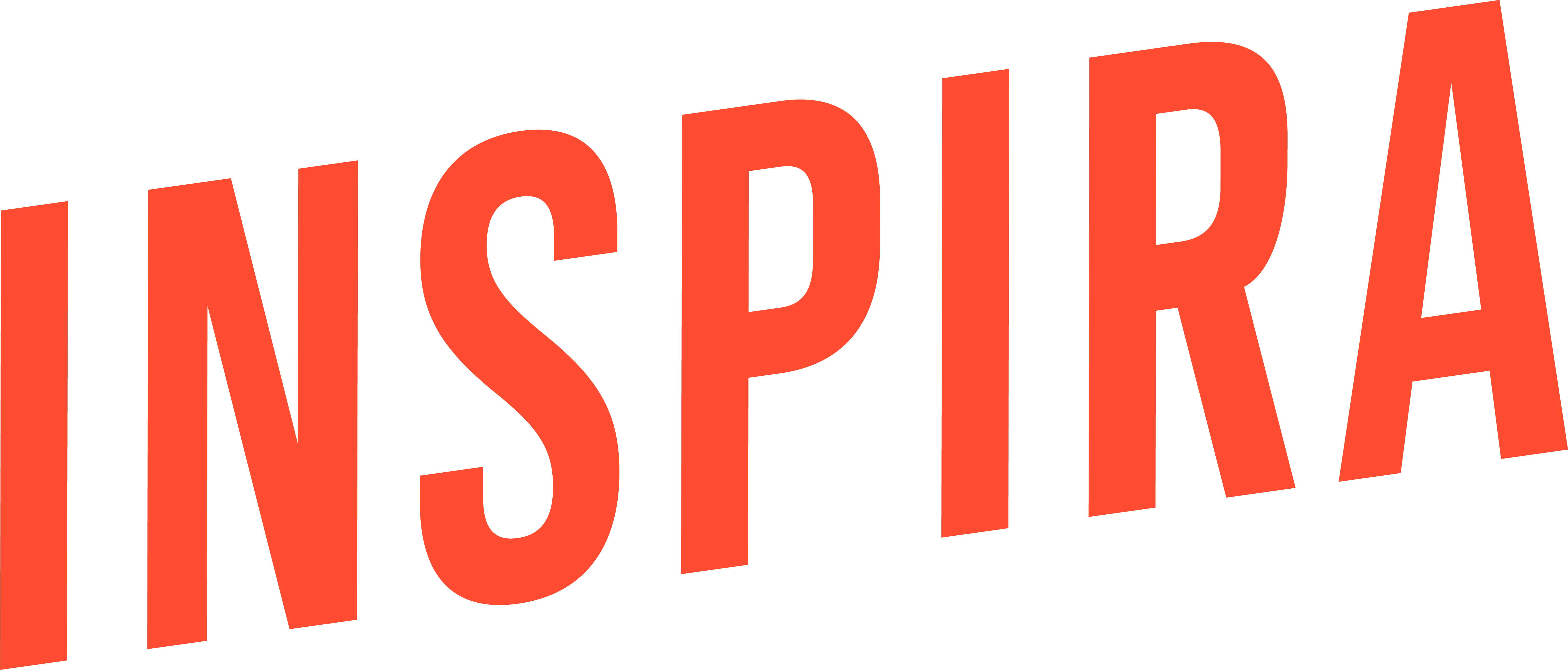With many consumers shut out from their favorite indoor activities over the past year, the outdoor industry saw a huge boost in participation. From walking and jogging to bicycling and kayaking, consumers turned to the outdoors for some exercise, a change of scenery, and a mental health boost. And, much to the delight of the outdoor industry, many of these consumers were trying activities after a long lapse or for the very first time.
Below, we take a look at research on new outdoor participants to understand who they are, how they’ve been spending their time, and what to expect from them going forward.
Evolving Participant Demographics
Not only has the outdoor industry brought new participants into the fold, but the new participants are from a wider array of backgrounds than the typical outdoor consumer. According to research from the Outdoor Industry Association, new participants were more likely to be female, more likely to live in urban areas, younger, and slightly more diverse from ethnic and economic perspectives.
| New Participants | Existing Participants | |
| % Female | 58% | 49% |
| Average Age | 45 years old | 54 years old |
| % Urban Areas | 36% | 29% |
To retain these new participants and continue to bring people from different backgrounds into the fold, brands need to create opportunities for those without access or previous experience.
Top New Outdoor Activities
It should come as no surprise that walking (58%) was the most commonly reported activity for new outdoor participants, followed by running/jogging (28%) and bicycling (26%). Each of these activities have low barriers to entry compared to more niche activities such as camping (10%), climbing (7%), and surfing (5%)—where equipment, technical know-how, and access present challenges to newcomers.
How did consumers learn about their new activities during the pandemic? Friends and family members were relied upon the most (30%), while social media (22%) and online searches (19%) came next. Although retailer/brand websites (7%) were used markedly less, this is an opportunity for brands to provide more information on outdoor activities—especially those that present a steeper learning curve to novices. By helping people understand where to go and how they can get involved, you’re more likely to keep participants engaged, bring new ones into the fold, and build a lasting relationship with your brand.
Future Outlook
The fact of the matter is that not all new participants will continue with their outdoor activities. According to OIA’s research, this is true for about a quarter of new participants due to factors such as travel, family demands, and other activities resuming. Which activities are they itching to get back to?
| Which activities will they resume? | |
| 75% | Hanging out with family or friends |
| 57% | Going to restaurants/bars |
| 51% |
Going to gym/fitness club |
| 51% | In-person fitness classes |
It should come as no surprise that hanging out with family and friends is the top priority for consumers; after a long year marked by isolation, people are looking to reconnect with loved ones. For brands in the outdoor industry, this shouldn’t be seen as a negative, as hanging out and spending time outdoors are not mutually exclusive. To keep new participants engaged, though, brands should consider how they can facilitate outdoor experiences that are more social in nature. Similarly, exercise doesn’t have to take place in a gym or fitness studio.
If your brand is looking to connect with outdoor enthusiasts—new or experienceed—in the coming year, contact us today to learn how we can craft integrated brand experiences that drive awareness, trial, and earn lifelong loyalty.
Source: "The New Outdoor Participant (COVID and Beyond)." Outdoor Industry Association, Naxion Research & Consulting (2021).

